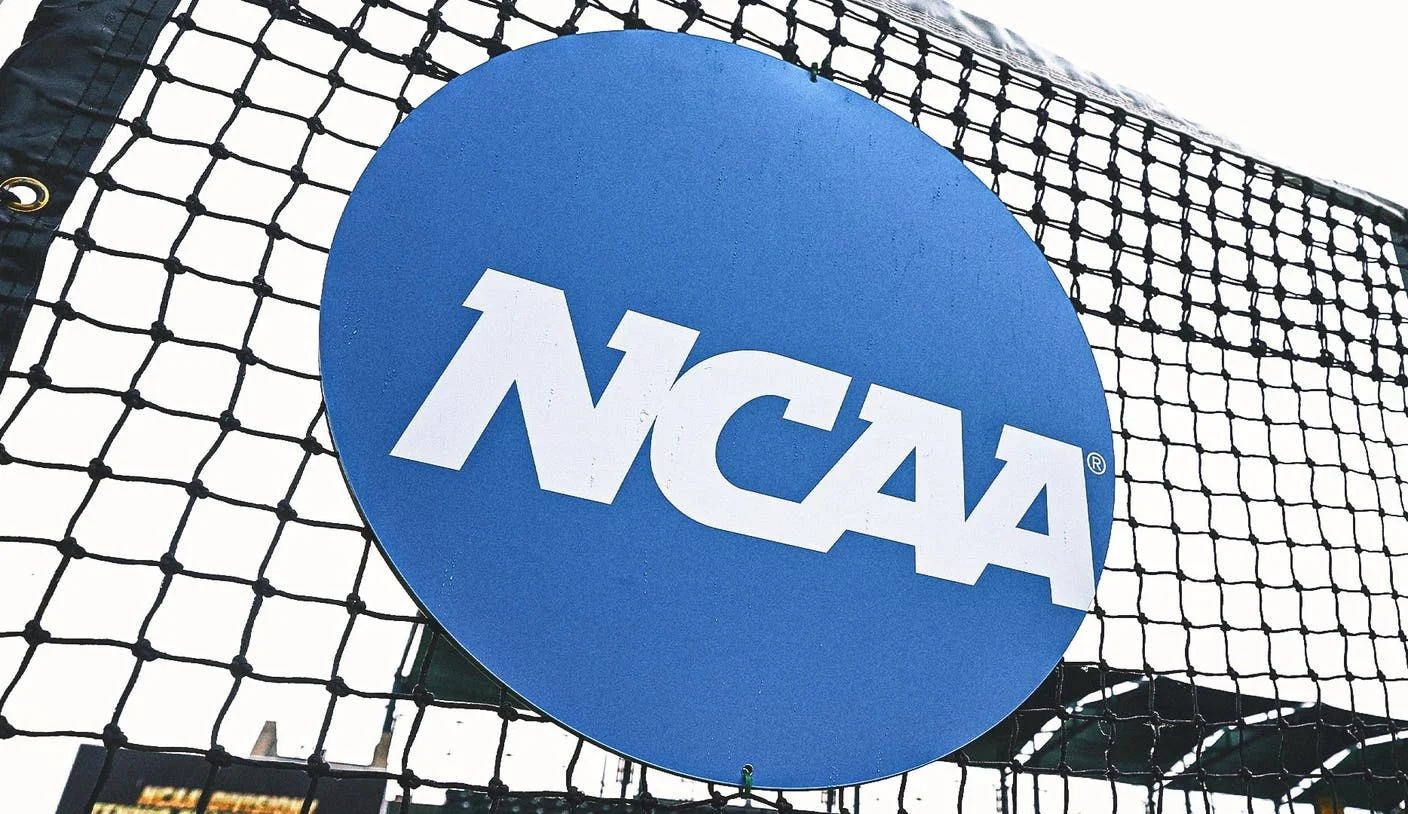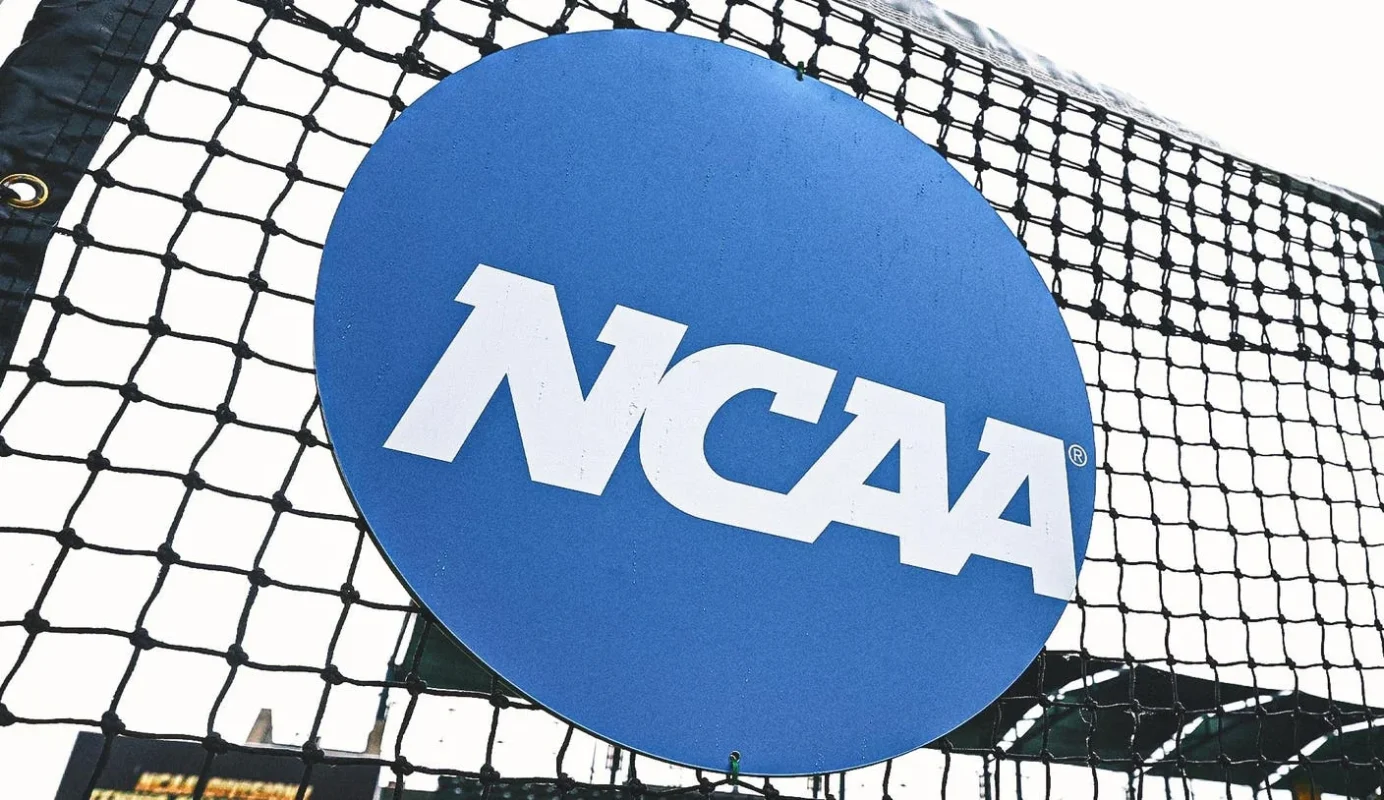
College Football: NIL Promises Made to Recruits, But Can Coaches Keep Them?
As of August 1, college football coaches will be able to formalize the recruitment pledges they’ve made to high school seniors. The pressing question, however, is whether they can follow through on those commitments.
Uncertainty surrounding a crucial aspect of the $2.8 billion NCAA antitrust settlement, which is reshaping college sports, has left recruiters in a precarious position. They require clear guidelines on whether third-party collectives, closely linked to their schools and instrumental in managing name, image, and likeness (NIL) payments during the initial four years of the NIL era, can surpass the $20.5 million annual ceiling on direct player payments. Alternatively, will these collectives simply become a component of the new operational framework? Until this issue is clarified, many coaches will be uncertain if the offers made before the August 1 deadline will align with the new regulations in college sports.
“You don’t want to put agreements on the table about things that we might have to claw back,” shared Ohio State coach Ryan Day during the recent Big Ten media days. “Because that’s not a great look.” No coach is likely to admit to extending offers they cannot substantiate. “All we can do is be open and honest about what we do know, and maintain effective communication,” commented Dan Lanning of Oregon.
Aug. 1: A Crucial Date for Recruitment
August 1 is significant as it marks when football programs can begin issuing written scholarship offers to high school prospects entering their senior year. This new process essentially replaces the previous practice of signing a national letter of intent. Now, players are not just signing up for a scholarship; they are also signing for a paycheck.
However, compensating players is not a simple matter. The new College Sports Commission, tasked with enforcing rules related to player payments, has introduced uncertainty regarding the interpretation of these rules. The CSC is responsible for approving all third-party deals valued at $600 or more. Earlier this month, it created confusion by asserting that collectives lacked a “valid business purpose” if their sole aim was to pay players. 8k8 Player advocates intervened, stating that this was the very purpose of collectives, and if they sell products for profit, they should qualify as legitimate entities. Negotiations for a compromise are ongoing, but if no agreement is reached, the matter may be taken to court for resolution.
With the deadline approaching, coaches are anxious to secure commitments from high school recruits that they have worked hard to build relationships with over months or even years. “Recruiting never shuts off, so we do need clarity as soon as possible,” said Ross Bjork, the Buckeyes’ athletic director. “The sooner we can clarify, the better. The term ‘collective’ has certainly evolved, but it’s really about what they do rather than what they are called.”
Shifts in Collectives and Future Prospects
In anticipation of forthcoming changes, some institutions have dissolved their collectives, while others, like Ohio State, have integrated them into their programs. It’s a precarious situation. If the outcomes of these negotiations do not impose limitations on collectives, they might serve as an easy loophole to bypass salary caps. Regardless, schools are considering ways for players to earn beyond the cap, especially given reports of major programs boasting football rosters with player payments exceeding $30 million.
“It’s a lot to navigate, and there’s much for coaches and administrators to address,” noted Big Ten Commissioner Tony Petitti, emphasizing that the terms only officially began on July 1 ph.taya login. “However, it’s not unusual to encounter some bumps along the way as we adapt to this new paradigm. Everyone is committed to finding a resolution.”
Indiana coach Curt Cignetti, whose team utilized the transfer portal and NIL to achieve a remarkable turnaround last season, acknowledged, “The landscape is still evolving, changing even as we speak 216 phdream.” He emphasized the need for agility in response to these developments. “At some point, we hope this will stabilize, leading to clear rules and regulations for our operations.”
At Oregon, there is significant pressure regarding what is considered a top-10 recruiting class for a team that not only finished first in the Big Ten but also competed in the College Football Playoff last year alongside three other conference teams. “It’s an interpretation that requires clarity, and each time there’s a new rule, we need to understand how it changes our operational dynamics,” Lanning remarked. jiliasia8 com slot game login “But one thing we’ve consistently done here is deliver on our commitments.”
Reporting by The Associated Press okbet app.
What do you think about the evolving dynamics of college football recruiting and NIL promises?

